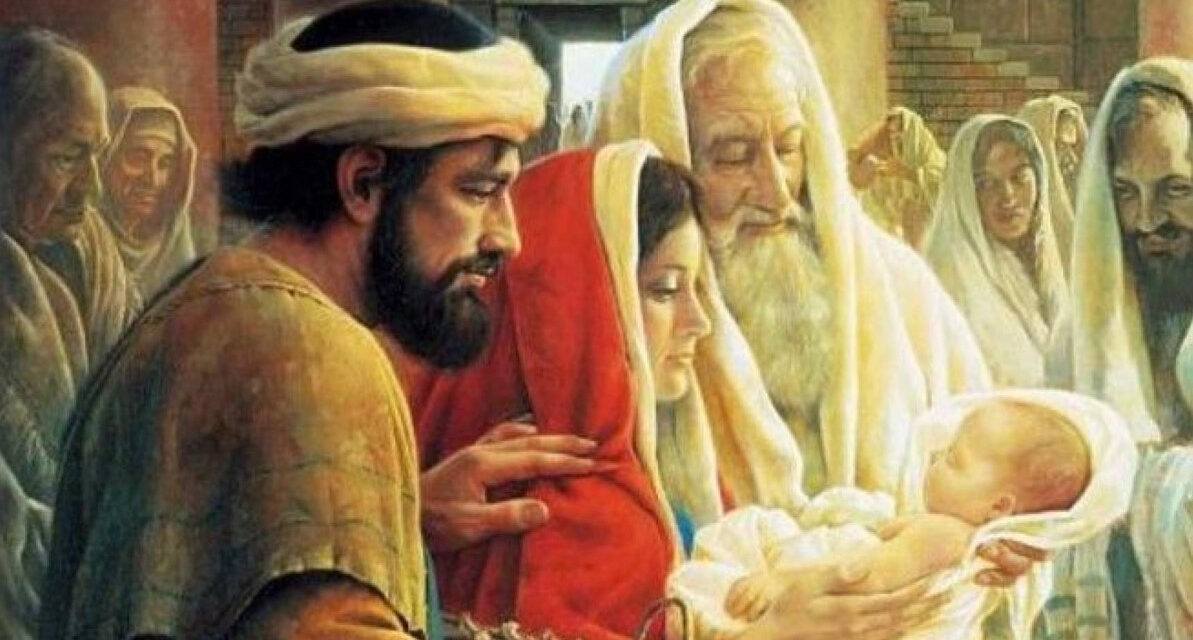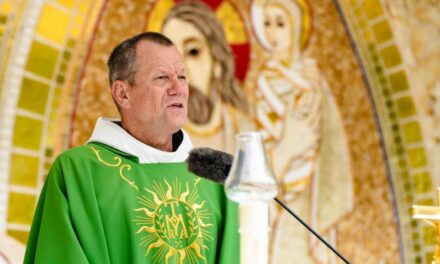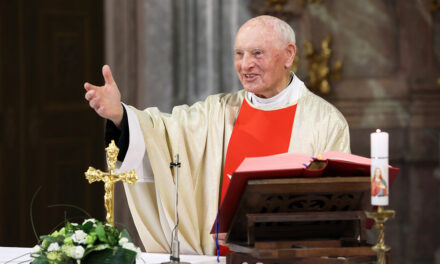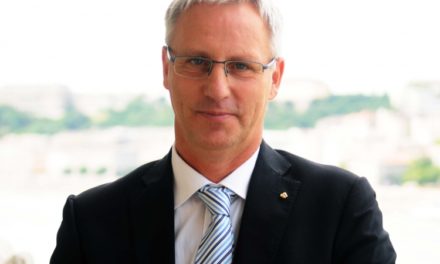Today is an intimate and beautiful holiday - but what is it really? We briefly summarize what is worth knowing.
The Catholic Church celebrates the feast of Our Lady of Candlemas on the second day of February. But what do they commemorate on this day? Specifically, that forty days after the birth of Jesus (in accordance with the law), Mary and Joseph offered the prescribed sacrifice to God, offering their firstborn son to the Lord, in the temple in Jerusalem. The presented victim was a pair of gerlices. All of this is also significant because we can (also) know from this: the Holy Family lived in decent poverty, because after the birth of Jesus they were able to fulfill the requirements, but they only had the opportunity to buy the smallest sacrificial donation.
According to the testimony of the Scriptures, they met the prophetess Anna and the elder Simeon in the church, who recognized Jesus as the savior and
they called him the light of the world.
As part of the Masses on this day (which is a recommended holiday for the Catholic faithful, most churches have a celebratory mass order), candles are consecrated, which are meant to symbolize Christ as the light of the world. With candles sprinkled with holy water, the faithful also traditionally walk in a procession (in many cases not only inside the church, but in the square in front of it, or in the surrounding streets), thus showing that the Christian person takes the light of Jesus out into the world and shows it to people. The candle has been a symbol of the Savior since the early Christian era.
The Eastern liturgy calls this day the Feast of the Encounter, because it was then that Jesus met humanity for the first time, apart from the visit of the shepherds who greeted him at his birth.
This holiday was already celebrated in Jerusalem in the 4th century, and from there it spread throughout the Christian world. For about a thousand years in the Western Church, the holiday focused on the Virgin Mary, highlighting her purification (in accordance with the law, Joseph and Mary visited the church after the days of Mary's purification had passed), but since 1960, in accordance with the Eastern Church, the Lord one of his holidays. However, in the Hungarian tradition, the "Mary" name: Gertyaszentelő Boldogasszony holds its own more strongly than the official name (Presentation of Our Lord).
St. II. In accordance with the order of Pope John Paul II, since 1997, on February 2, the Church also celebrates the World Day of Consecrated Life, i.e.
the priestly and monastic vocation, which is still practiced today by a million women and men worldwide.
The purpose of the holiday is to draw attention to this particularly valuable way of life, and also to invite the faithful to pray for priests and monks, as well as for the birth of new vocations.
Author: Gergely Vágvölgyi, who used the relevant entries in the Magyar Katolikus Lexikon, the previous articles of Magyar Kurír and Magyar Katolikus Rádió to write the thesis.
Source: mandiner.hu
Opening image: ferenceseks.hu













